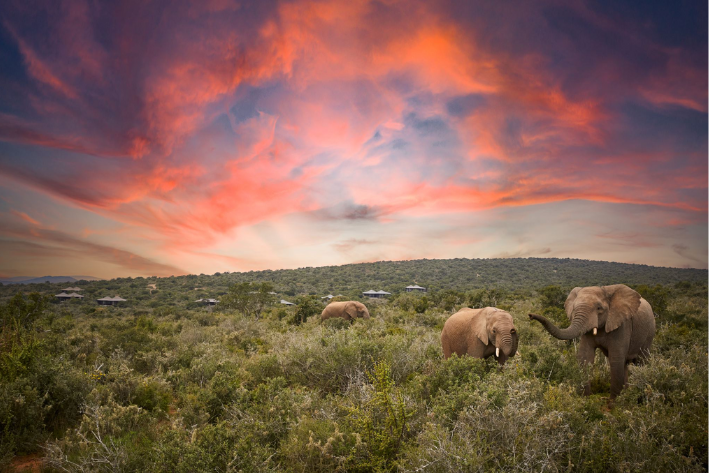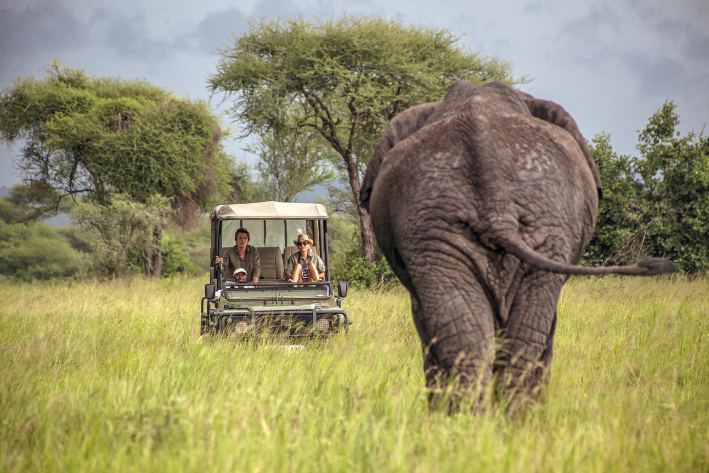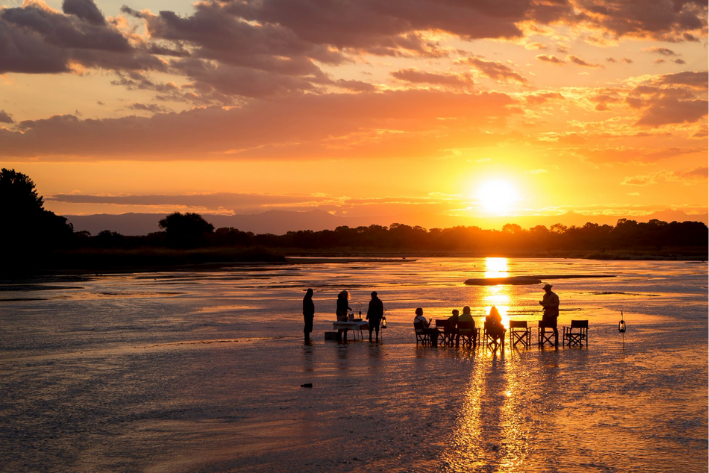The Best Places to see leopards in Africa
Leopards are the epitome of feline grace, power and beauty
The beauty of a leopard
You don’t have to be a cat person to love leopards. They’re in a category all of their own, thanks to their incomparable beauty and beguiling nature. Of all of Africa’s big cats they are without a doubt the most sought-after, and elusive, making them top of the wildlife viewing “bucket list” for every discerning safari fan. Let’s find out what makes leopards so special…
Top of the list of appealing things about leopards is that spectacular coat. It’s been a human fashion statement for as long as there have been humans, thanks to the irresistible combination of colors and those striking black rosettes. Coat color can vary from a pale yellow to a dark golden and every shade in between, and those rosettes vary in shape too, depending on where in Africa you are.
Leopards are ambush predators, preferring stealth to speed, although they can clock an impressive 58km an hour when needed. They prefer hunting at night but are just as likely to be seen during the day.
They are solitary cats, preferring their own company to that of other leopards. This reminds us of most of our own domestic cats, who also tend to be loners. The only time you’ll see more than one leopard at a time is when they are mating (they are champions at this, doing it virtually every 15 minutes for up to five days), or when females have cubs (the youngsters become independent only after a year or so has passed).
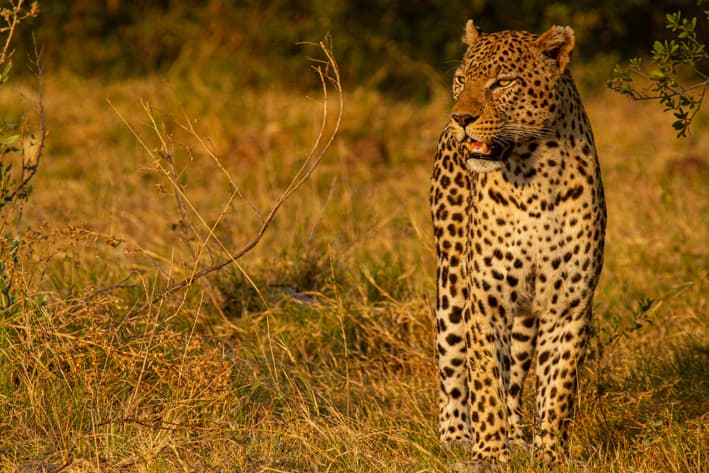
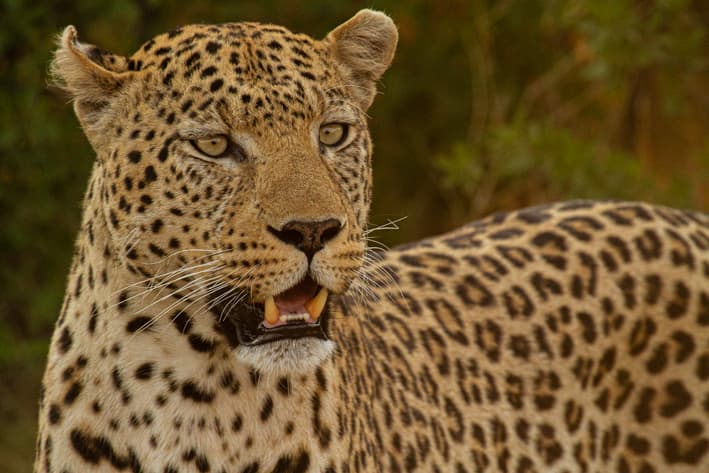
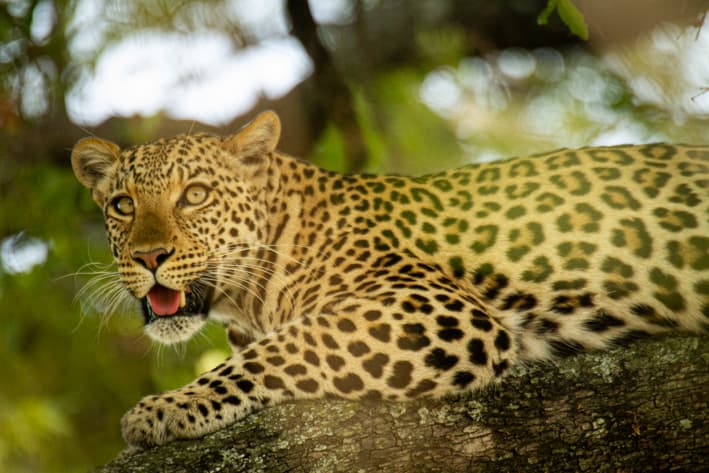
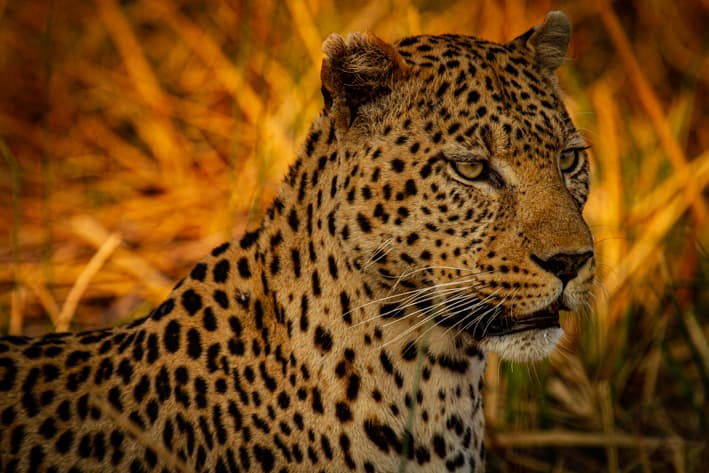
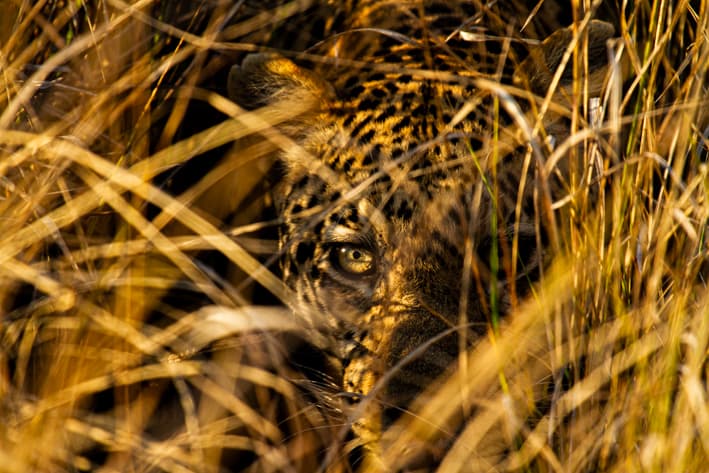
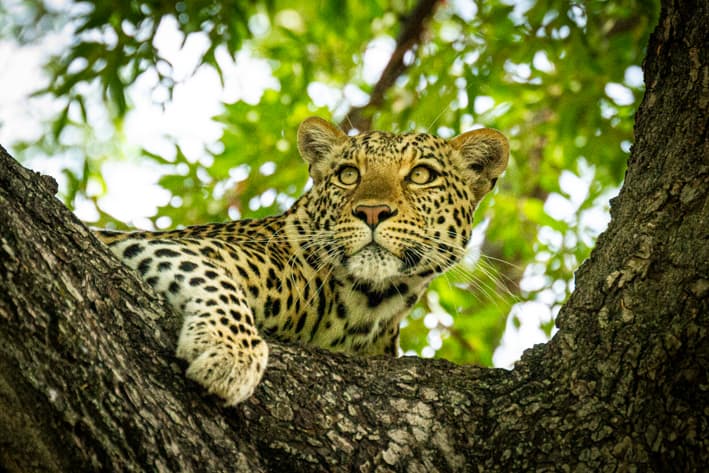
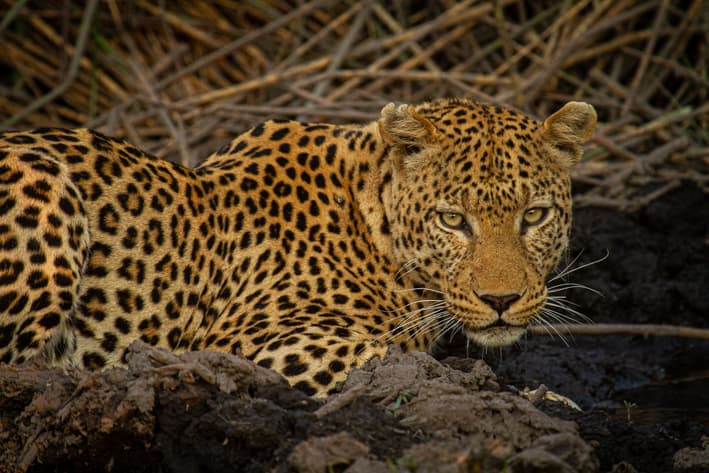
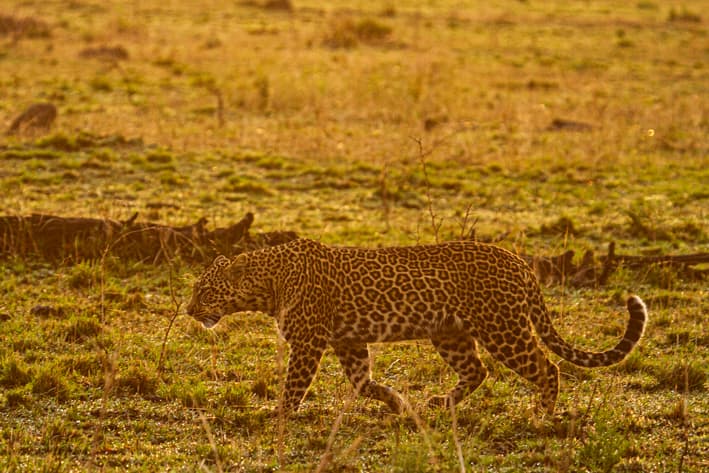
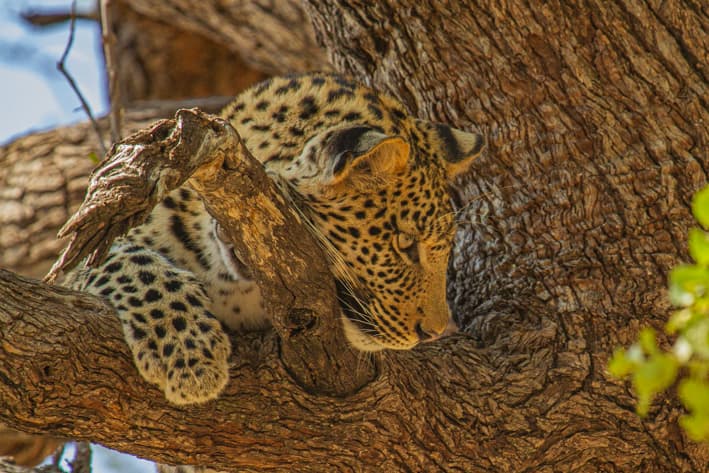
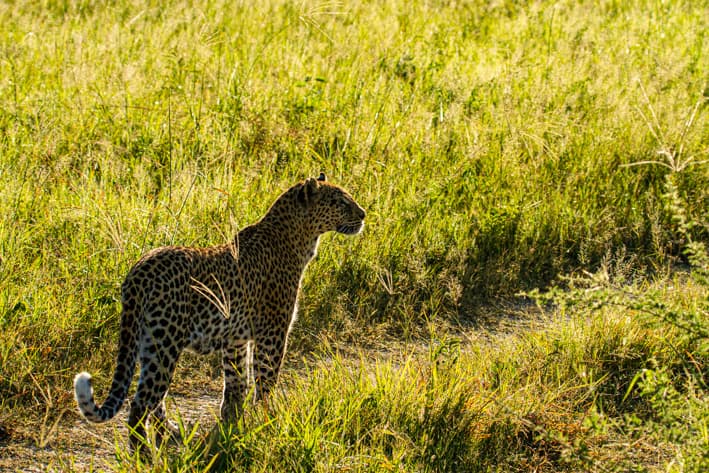
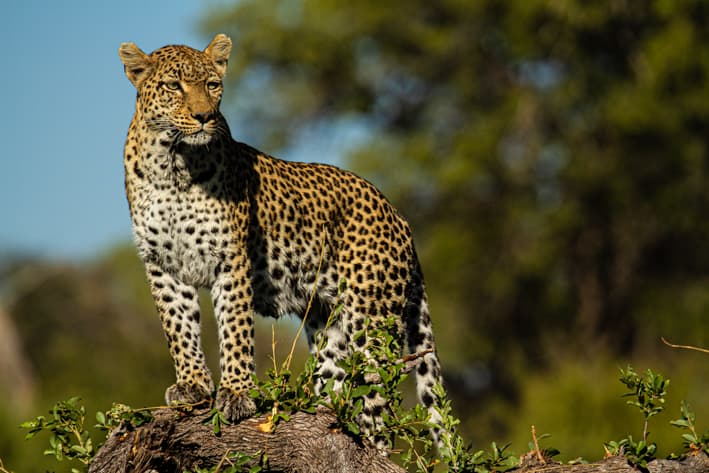
Leopards are Shaun's favorite animal to see on safari
“The leopard is my favorite African animal,” says Stanley Safaris founder, Shaun Stanley. “There’s nothing else that compares to its beauty and its ‘presence’ and seeing them in their natural habitat is always a huge privilege. For me, the leopard is the ultimate combination of effortless grace, immeasurable beauty, and incredible power. It’s hard to beat that.”
While they’re classed as big cats, they’re the smallest of this grouping that includes lions, jaguars, cheetahs, and tigers, but easily the most agile, with legendary tree-climbing skills. Males get a lot bigger than females, both in size and weight, hitting as much as 70cm at the shoulder and weighing in at up to 90kg. Females are more delicate in appearance and rarely get heavier than 60kg.
“They are also incredibly strong, being able to hoist more than three times their own body weight vertically up a tree,” explains Shaun.
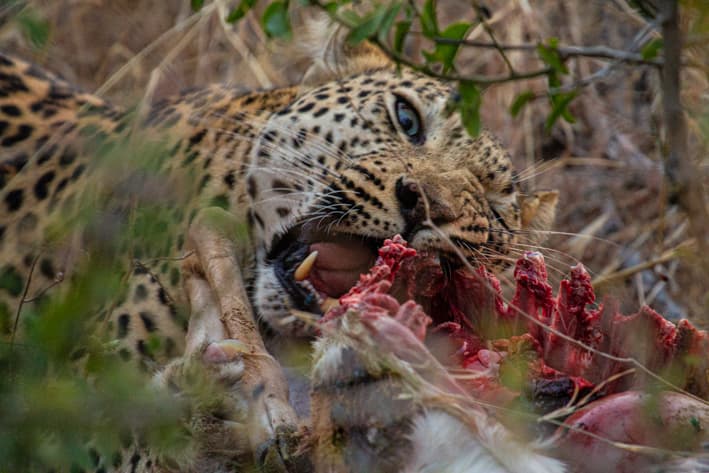
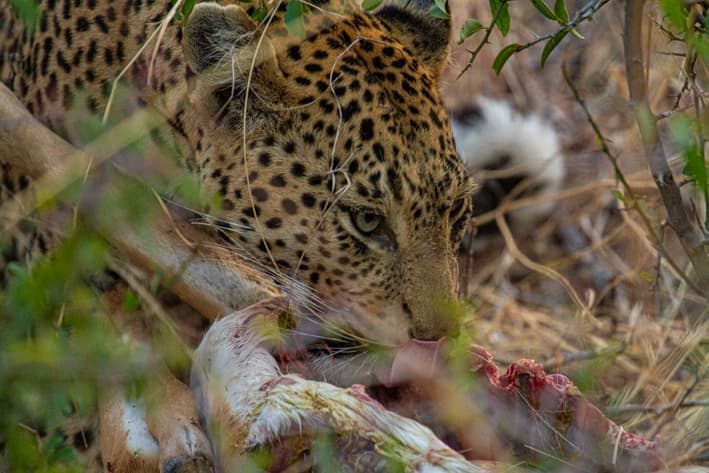
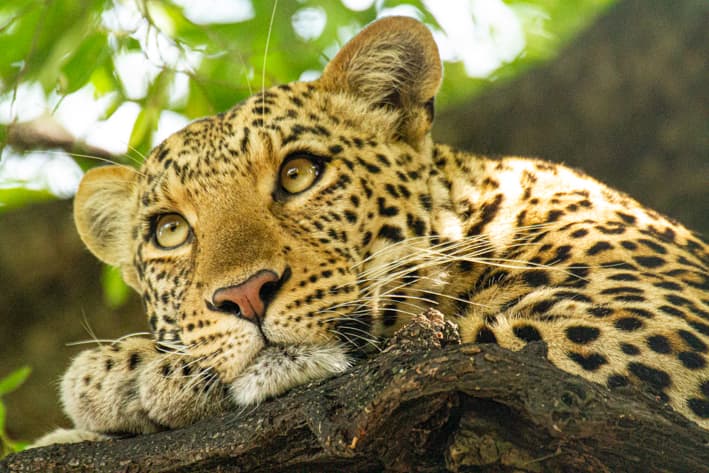
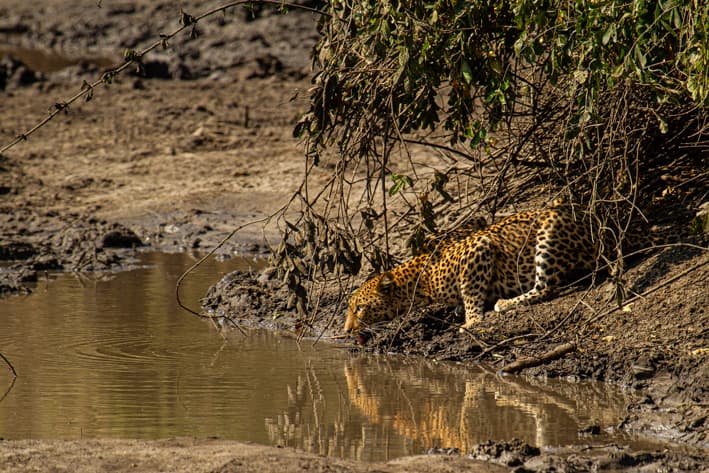
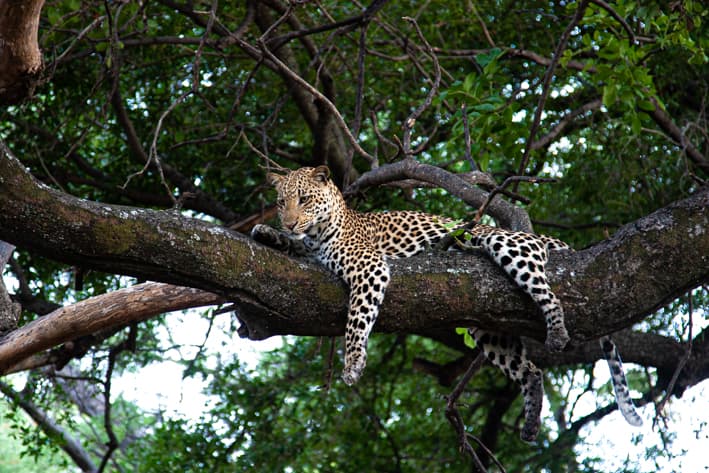
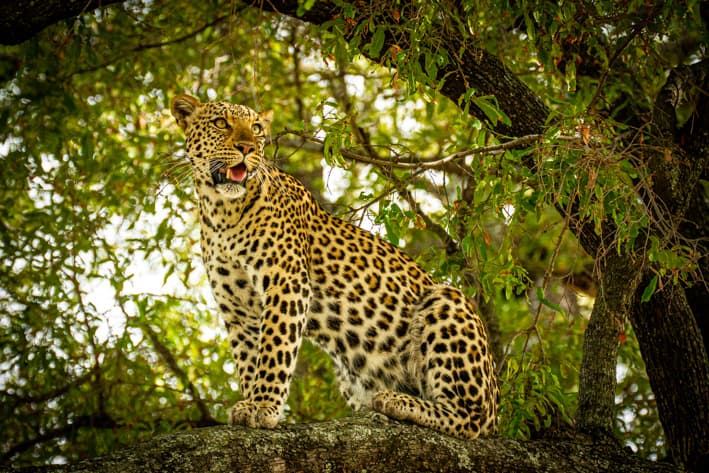
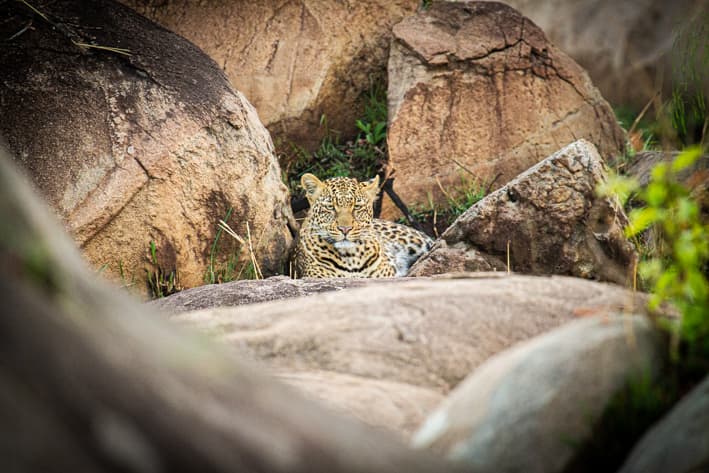
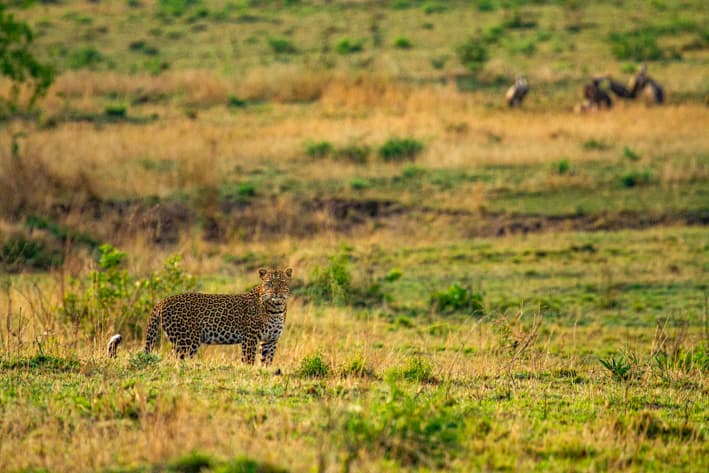
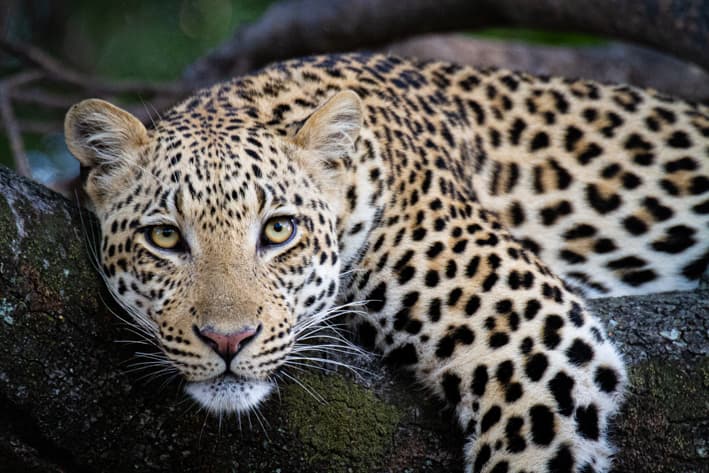
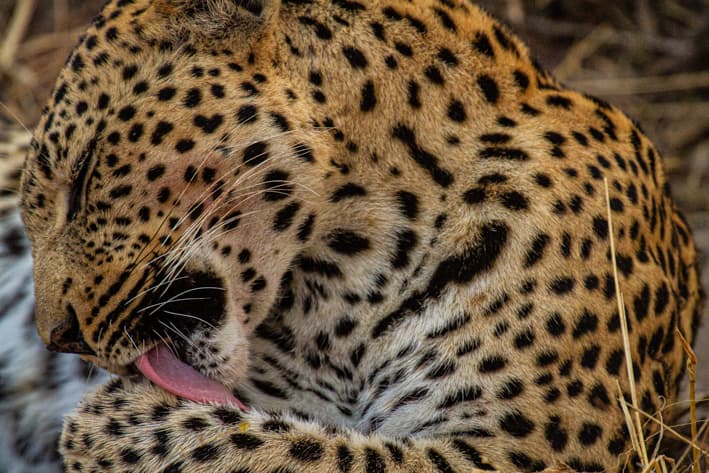

Leopards: The ultimate Big Cat
Leopards’ tails are as long as their bodies and act as rudders and counter-balances, especially when climbing and running. They eat absolutely everything, from reptiles to antelopes and everything in between. They adapt easily to their environment – a factor that has helped them to thrive across Africa and parts of Asia, even in the urban jungles of large cities. They are the most widely spread big cats on the African continent.
Again like their domestic cousins, leopards are fond of vocalizing their emotional state. They growl when they’re angry or disturbed and purr when they’re contented, staying in touch with other leopards in their area with rasping “coughs” that sound like a saw being drawn through the wood.
Leopards are born with blue eyes which change color as they get older, ranging in hue from pale amber to green. They can see seven times better than humans can in the dark thanks to specially adapted retinas. They’re also expert navigators and have an amazing ability to orientate themselves and return to their “home” range.
Leopards are under threat across Africa, thanks largely to human expansion, loss of habitat, and the illegal wildlife trade being hunted for their coats, teeth, and claws which are used both in traditional medicine and tribal costume.
Talk to us about the best places to see leopards in Africa and support us in helping to conserve and protect this magnificent predator.

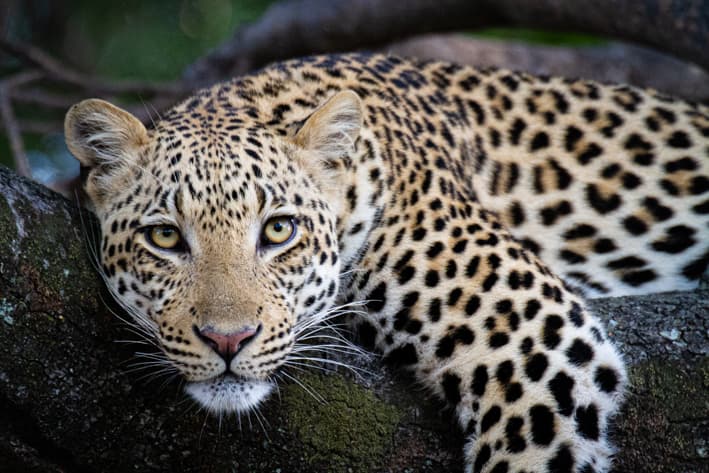
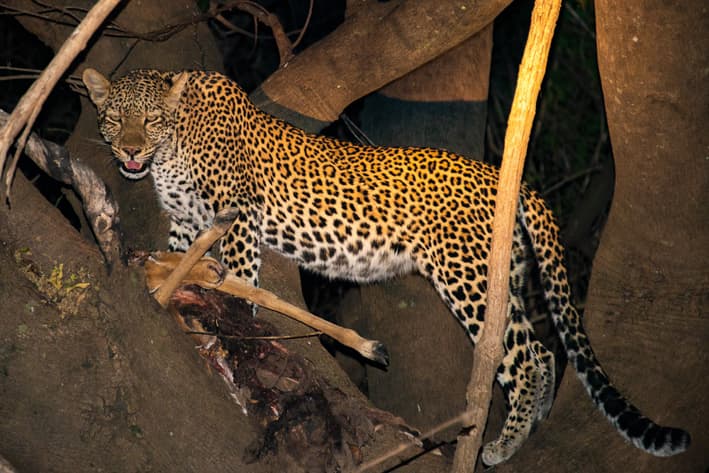

The best places to see leopards in Africa
Being one of the most elusive big cats, visitors to Africa are always asking where the best place is to see a leopard in the wild. So, here are our top places to have the best chance of seeing a leopard in Africa.
1. The Sabi Sands, South Africa
The Sabi Sands Private Game Reserve bordering the Kruger National Park is renowned as one of the best places in Africa to see leopards. Londolozi pioneered conservation tourism within the Sabi Sands and worked hard over the years to slowly get leopards used to vehicles and over the years this has paid off as the Sabi Sands is now the best place to see leopards that are relaxed and comfortable around safari vehicles.
2. The South Luangwa, Zambia
The South Luangwa National Park in Zambia is known as the “Valley of the Leopard” due to the high number of big cats. Leopards prefer riverine woodlands where they can blend in easily and use that to their advantage while hunting, and so the woodlands along the Luangwa River are perfect cover.
3. The Lower Zambezi, Zambia
The Lower Zambezi National Park in Zambia is quickly gaining a reputation as one of the best places in Africa to see leopards. The cats are becoming bolder and less afraid of safari vehicles, giving guests a great opportunity to see relaxed cats in the incredible woodlands of the Zambezi Valley.
4. Kanga Camp, Mana Pools, Zimbabwe
Leopards in Mana Pools are still nervous, but there is a camp inland, away from the Zambezi River where guests are often treated to multiple leopard sightings in the course of an evening. Kanga Camp is located at a waterhole inland from Mana Pools. Being the only water source for many kilometers around means wildlife is attracted here to quench their thirst, including leopards. During the dry season, it is not uncommon to have up to 7 different leopards come to drink during the course of a dinner sitting.
5. Okavango Delta, Botswana
The Okavango Delta in Botswana is a haven for all wildlife including leopards. The varied habitats and plentiful prey species mean leopards thrive in the Okavango Delta. Because Botswana has a no-hunting policy in the Okavango Delta, leopards feel safe and so are generally relaxed around safari vehicles.
6. Serengeti National Park, Tanzania
The Serengeti is teeming with wildlife, including thousands of gazelle which are preferred prey animals for leopards. The varied habitats of riverine woodlands, rocky outcrops and open grasslands make this the perfect location for leopards to thrive.

